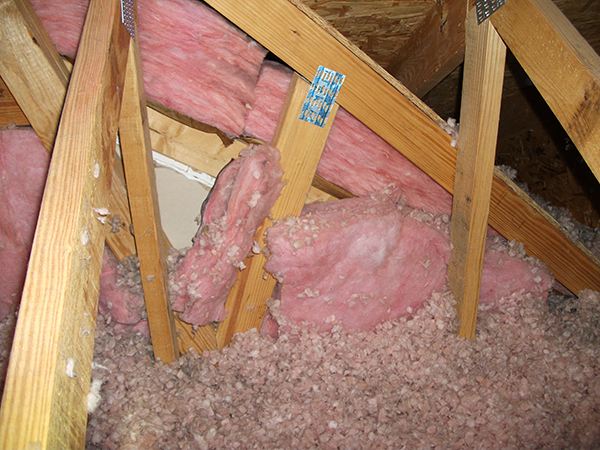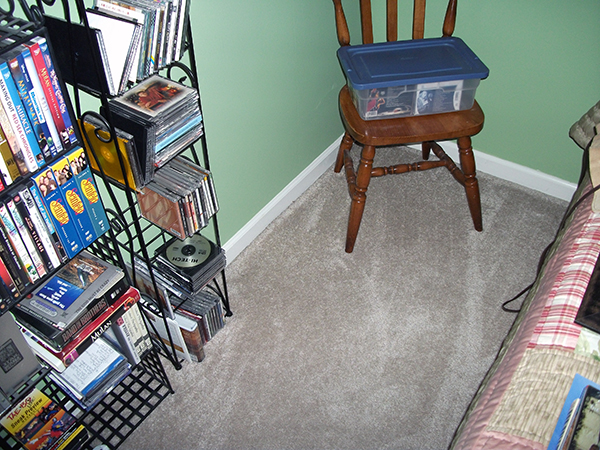
David Richardson, NCI
Performance-based contractors pride themselves on making sure their customers are comfortable. However, situations happen where you’ve done everything by the book, yet your customer is still uncomfortable. These can be the most frustrating and defeating situations you encounter. You gave it your best shot and it appears you came up short.
You designed and installed your best HVAC system. The equipment is operating according to manufacturer specifications and sized according to industry best practices. Your duct system is awesome. The installation is perfect with no duct leakage. You used the highest R-value insulation and the system delivers proper airflow to each room. How could a customer be uncomfortable with an HVAC system like this?
Room temperature on the thermostat display is one of the main measurements your customers use to gauge their comfort. If it is within an acceptable temperature range, they should be comfortable, right? Not always. Let’s look at a couple of factors external to your system that influence comfort and how you might be overlooking them.
Air Temperature Limitations
Air temperature is one of the measurements contractors use to verify proper HVAC system Btu delivery. When you compare the difference in two air temperatures, it is called Delta T (‘T). If Delta T is within acceptable limits, and airflow is correct, odds are pretty good your HVAC system is operating as designed.
One factor affecting comfort beyond system performance is the influence of the building. When everything looks right with the HVAC system, change your focus to the building itself to find potential answers.
Look at the Building

Poorly installed insulation allows heat to easily bypass it.
For an HVAC system to function properly, you need to control airflow and temperature inside the duct system. If you lose control of either due to duct leakage or poor insulation, the system will fail to operate as designed.
The buildings your customers live and work in are impacted the same way. When airflow and temperature constantly change throughout the building, it’s hard to maintain comfortable conditions. Two factors that influence this include building air leakage and insulation.
Just as Delta T is a factor of HVAC system performance, it also influences buildings. Instead of looking at air temperatures from the HVAC system, building Delta T compares surface temperatures and indoor ambient temperatures. The larger the Delta T between building surface temperatures and indoor ambient temperature, the harder it is to maintain comfort.
Air Leakage Influences
Air leakage in a building increases the Delta T between building surface temperatures and the indoor ambient temperature. When air moves from unconditioned to conditioned areas, heat transfers. As a result, building surface temperatures increase in summer and decrease in winter leading to increased customer discomfort.
Please note: this can occur even when you install insulation correctly. If the building isn’t properly sealed, air will ‘bypass’ the insulation like it isn’t there. If you see fiberglass insulation that is dirty, it’s a sign air is moving through it, reducing its R-value.
Remember this next time you consider recommending additional insulation. Other repairs might be needed first.
Insulation Influences

Comfort issues are often hidden in plain sight
When insulation is poorly installed, or insufficient, building Delta T also increases. As it increases, so do discomfort levels. This occurs regardless of thermostat settings.
Any glass areas purposely have no insulation. Yet, windows, doors, and skylights have a tremendous effect on customer comfort. You need to understand that effect and deal with it since glass significantly contributes to increasing the Delta T between building surface temperatures and indoor ambient air.
Think back to the last time you sat next to a window on a cold winter day ‘ consider how you felt. You may have caught yourself shivering and then bundling up. Are you starting to make the connection to comfort?
Radiant Heat Transfer
When you lose body heat too quickly, you become uncomfortable and start looking for ways to warm up. You’ll often put on additional clothing or turn up the temperature on the thermostat.
On the flip side, when you lose body heat too slowly, you also become uncomfortable and start looking for ways to cool off. This typically means turning on a fan or turning the temperature down on the thermostat.

Infrared temperature measurements reveal hidden comfort issues. Cold floors were the result of this problem due to air leakage and a uninsulated concrete slab.
Uncontrolled building air leakage and insulation affect your comfort due to how your body loses and gains heat. The main way this occurs is through radiant heat transfer. Your body gains heat from any surface that is warmer than it and loses heat to any surface that is cooler than it. Remember the example of sitting next to a window on a cold winter day.
To achieve ideal comfort conditions, building surface temperatures should be very close to the thermostat temperature setting. If surface temperatures and air temperatures are close, Delta T is minimized, and comfortable conditions can exist. If the surface temperatures of the building vary too far from the air temperature, radiant heat transfer becomes too fast or too slow. This is when it becomes harder for you to maintain comfortable conditions regardless of how well your HVAC system performs.
Mean radiant temperature (MRT) is one measurement used to quantify this interaction. It measures surface temperature effects on living areas. MRT is measured with a special thermometer that looks like a black globe and accounts for building surface influences on comfort.
Thermal imaging cameras are another valuable test instrument for identifying surface temperature issues that affect customer comfort. Using a blower door with a thermal image camera is a great way to show how much air leakage and surface temperatures affect each other.
Controlling Building Influence
Let’s say you use a thermal imaging camera and measure a floor temperature of 63F. This will have a huge impact on comfort and could be accompanied by cold floor complaints. Imagine how much more comfortable it would be if the floor temperature was 73F. No more complaints of cold floors and freezing feet.
Comfort requires maintaining building temperatures in a way that keeps customers from either freezing or burning up. Unless you address the HVAC system and the building, you’ll miss opportunities to truly solve these problems and provide a comfortable environment.
When you understand these variables, you can then create a thorough scope of work that addresses underlying issues, not just symptoms. Even if your company doesn’t engage in building air-sealing and insulation work, you can confidently address the problems affecting comfort and recommend next steps for real solutions.












Recent Comments